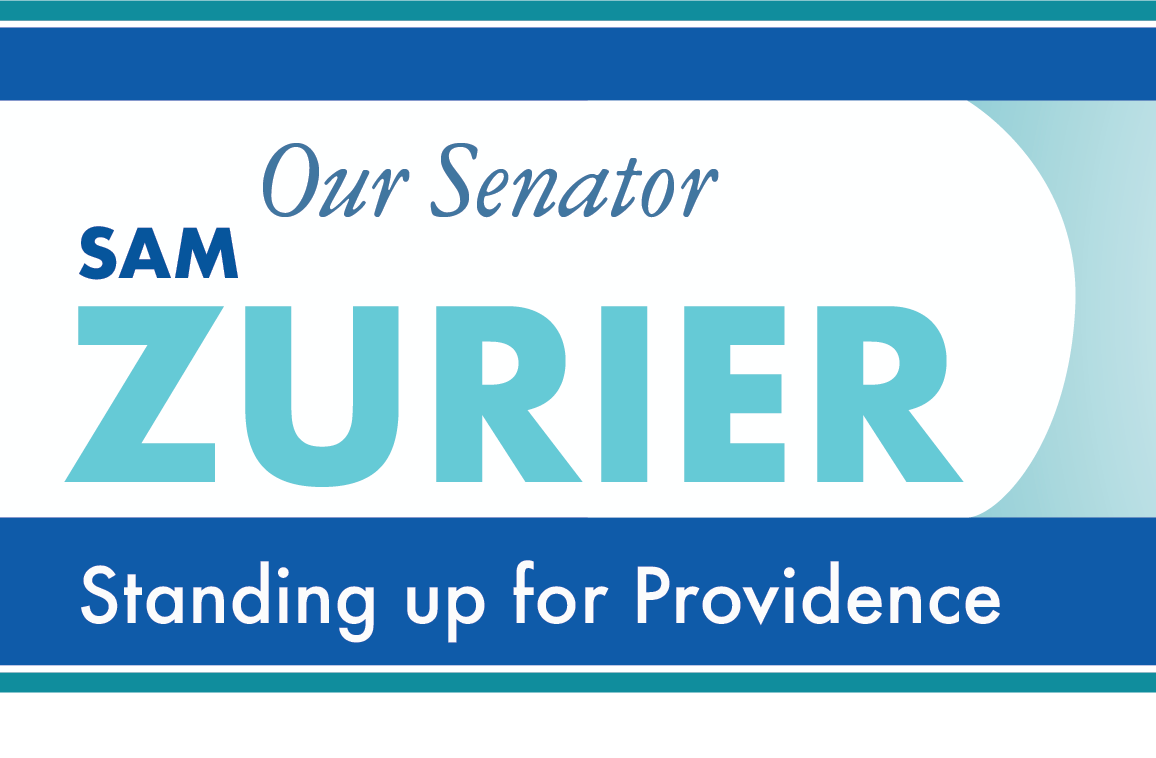I hope you are looking forward to the Thanksgiving holiday, which brings families together in a setting that evokes our country’s finest values. This week’s letter discusses the Fogarty Building project, the tax stabilization agreement program and a community meeting on economic development.
On Tuesday night, the City Council’s Finance Committee endorsed and recommended the full City Council approve a tax stabilization treaty for the property known as the Fogarty Building. Once approved, the project will generate construction work, a new hotel that will create permanent jobs and, once the tax stabilized period ends, full valuation taxes of more than $700,000 annually. The Committee approved the proposal without debate, a marked contrast to a heated discussion at a July 23 public hearing, which led to delays that were criticized by the Chamber of Commerce and the Providence Journal. While the principle of “better late than never” applies here, the City Council’s delay pushed construction into next Spring, harming the economic well-being of construction workers, the hopes of Providence residents in need of employment and the City’s search for additional revenues. In this way, the Fogarty Building saga provides a case study of the harms caused by the City Council’s discretionary “one at a time” review of tax stabilization agreements. The State persuaded the City Council to approve a standard tax stabilization agreement for the I-195 district (and may have had a role in persuading the City Council to move forward on the Fogarty Building), but it would be much better for the Providence’s future if the Council enacted a proposed ordinance that would establish a uniform, “off the shelf” agreement available to anyone willing to accept the general terms for these agreements developed over the past three years. By taking this wise step, the City Council could change its current role as a body that impedes economic development in Providence to one that promotes it.
The Fogarty Building tax stabilization agreement contains a standard set of terms the City Council developed in recent years under which the taxable value of a property’s improvements are phased in over 12 or 13 years. This arrangement has been sufficient to attract development that otherwise would not occur. Because there are similar incentives available in the I-195 district without separate City Council approval, it is unlikely downtown Providence will see any future development without this type of incentive. It is my hope we see much more development soon, but the tax stabilization agreement program places significant limits on the growth of the City’s tax revenues (including the I-195 district) over the next 6-8 years. This suggests the City must couple its pursuit of long-term economic growth with a medium-term program of careful management of the costs of government. The administration recently received a grant to prepare a 10-year cost model for the City’s operations, which may help identify the difficult choices we will need to make to be able to enjoy the anticipated growth that will come in the I-195 district and elsewhere.
After the near-bankruptcy of 2011-12, the significance of economic development for Providence has changed from a means of ascent to an essential component of our survival as an attractive place to live. With this in mind, I hope you will join me for a Community Meeting To Discuss Economic Development. We will hear from Mark Huang, the City’s Economic Development Director and Stefan Pryor, the State’s Secretary of Commerce (or his designee). It will take place at the Hope High School Cafeteria, Wednesday, December 2, 2015 at 6:30 – 8:00 p.m. I hope to see you there.
Sincerely,

